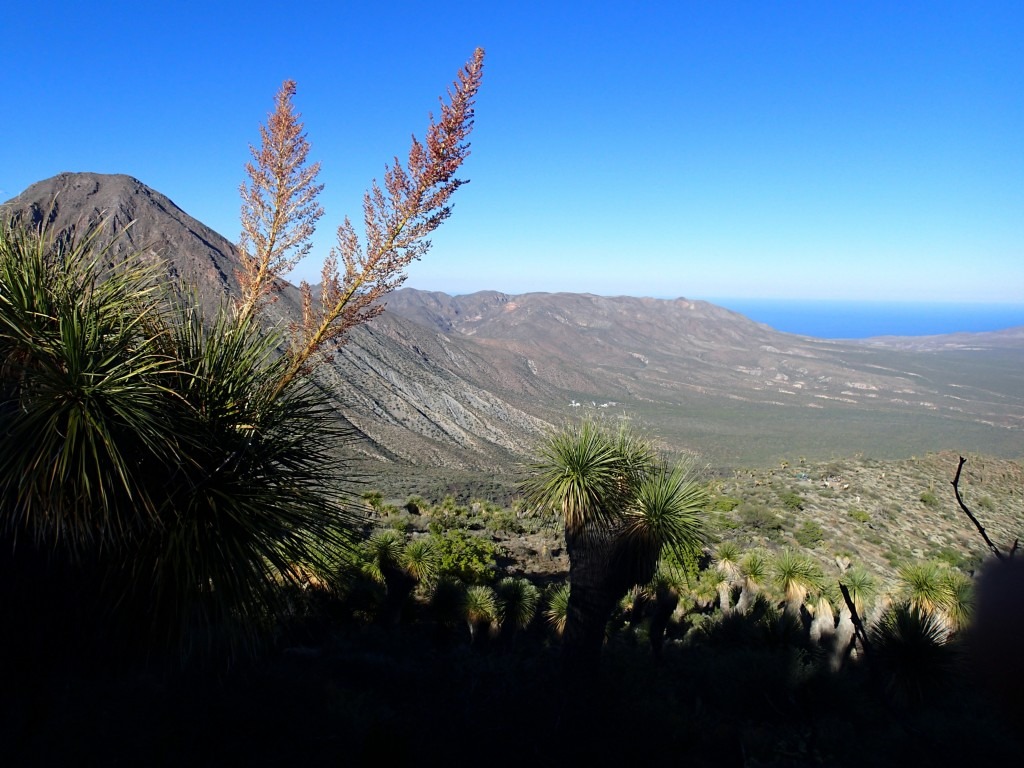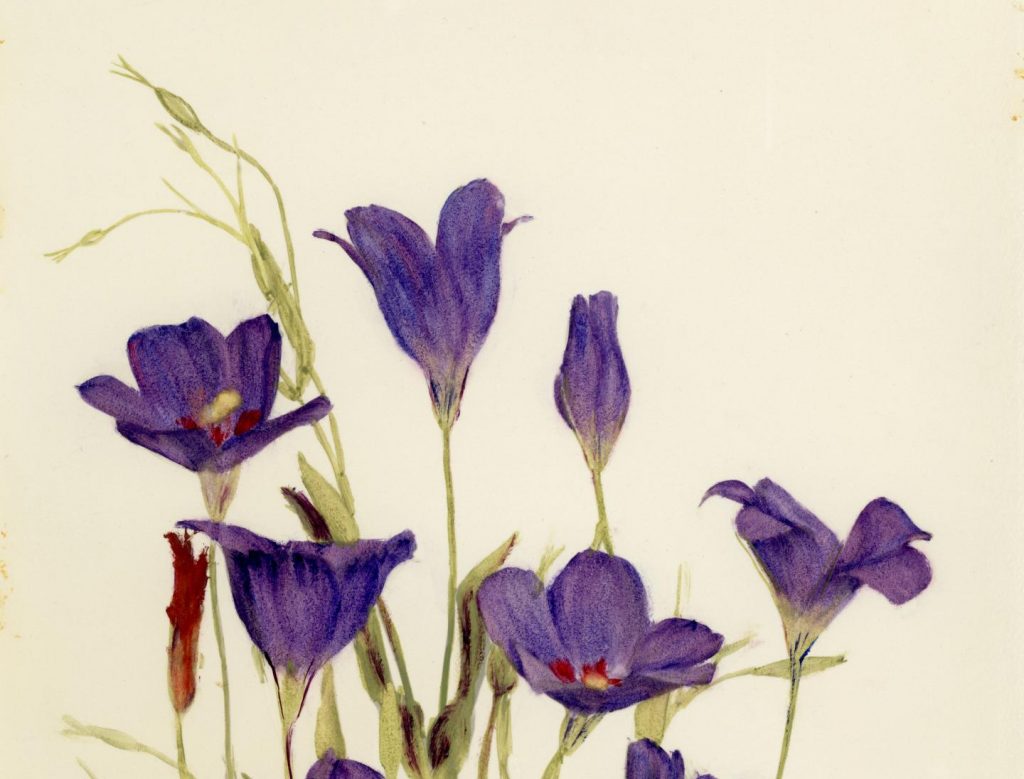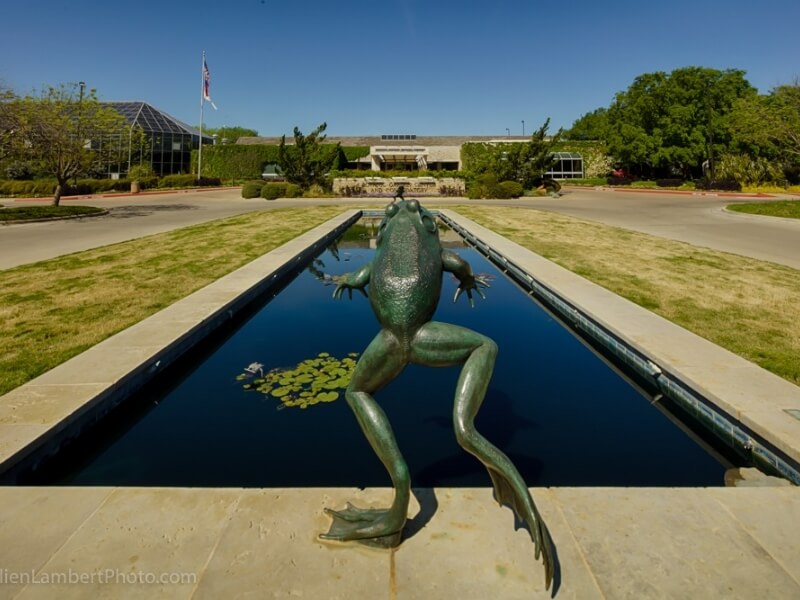Discovery of a New Species of Fossil Tree Helps Paint Picture of Ancient African Forest
Discovery of a New Species of Fossil Tree Helps Paint Picture of Ancient African Forest
The 21.73 million year old Astropanax eogetem was part of a lush tropical paradise surrounding a volcanic crater lake.
Recent research by scientists at the Botanical Research Institute of Texas (BRIT), Texas Tech University, and several other collaborating institutions has identified ancient fossils of a newly described tree species named Astropanax eogetem. The discovery further reveals the details of life nearly 22 million years ago (a geological time known as the early Miocene) in a prehistoric forest in Ethiopia.
The fossils were found in the Mush Valley, which is located about 160 miles northeast of the Ethiopian capital Addis Ababa. Dr. Aaron Pan, Executive Director of the Museum of Texas Tech University and a Research Associate at BRIT, has conducted extensive excavations at the site as a member of a research team, uncovering a wealth of evidence of life in a lush tropical forest surrounding a volcanic crater lake.
The identification of Astropanax eogetem helps fill out the picture of a thriving tropical ecosystem 21.73 million years ago that supported a diversity of organisms such as tree species with relatives found today in the Congo Basin, clawed frogs swimming in the crater lake, and insects munching on leaves and scurrying across branches. It is likely that calls of primates echoed in the canopy and elephant-like deinotheres moved through the understory.
“The Mush Valley site has preserved an incredible array of well-preserved fossils that capture the details of an unusual forest containing fossil leaves with preserved cellular detail, numerous perfectly preserved frogs, isolated mammal bones, and insects like termites and ants,” says Pan. “It’s an exceptional record of a remarkable time and place.”
Astropanax eogetem was identified from Mush Valley fossils by Pan, BRIT Research Botanist Morgan Gostel, Ph.D., and colleagues following careful examination of fossil leaves and pollen. The tree belongs to the Araliaceae family, which includes modern ginseng (Panax ginseng) as well as multiple species of ivies (Hedera) and Neocussonia. Both Astropanax and Neocussonia were formerly in the same genus together, Schefflera.
“Many Americans may recognize Schefflera as the name of a popular houseplant,” says Gostel. “Distant relatives of the greenery on your windowsill once thrived in tropical habitats all over the world, including these ancient African forests in the Mush Valley.”
The incredible detail of the Mush Valley fossils allowed this team of researchers to compare minute details of the ancient plants with modern Astropanax species, especially Astropanax abyssinicus, which grows today in the upland forests of Ethiopia and which the new species closely resembles. Microscopic examination of details such as veins within leaves and the surface of pollen grains allowed the team to confidently declare Astropanax eogetem a distinct, and now, extinct species.
The team chose a name for this new species which highlights it being the earliest known relative of another species that it resembles today which occurs in the Ethiopian Afromontane forests of the region today.
“Eogetem, is a combination of ‘eo,’ the Greek word for ‘dawn,’ and ‘getem,’ the name in the local Amharic language for Astropanax abyssinicus,” says Pan. “The work in Mush Valley was only possible with the help of local residents who hosted scientists and worked side-by-side at the site, National Museum of Ethiopian museum staff, and Ethiopian Research and Conservation officials. That’s something we want to honor.”
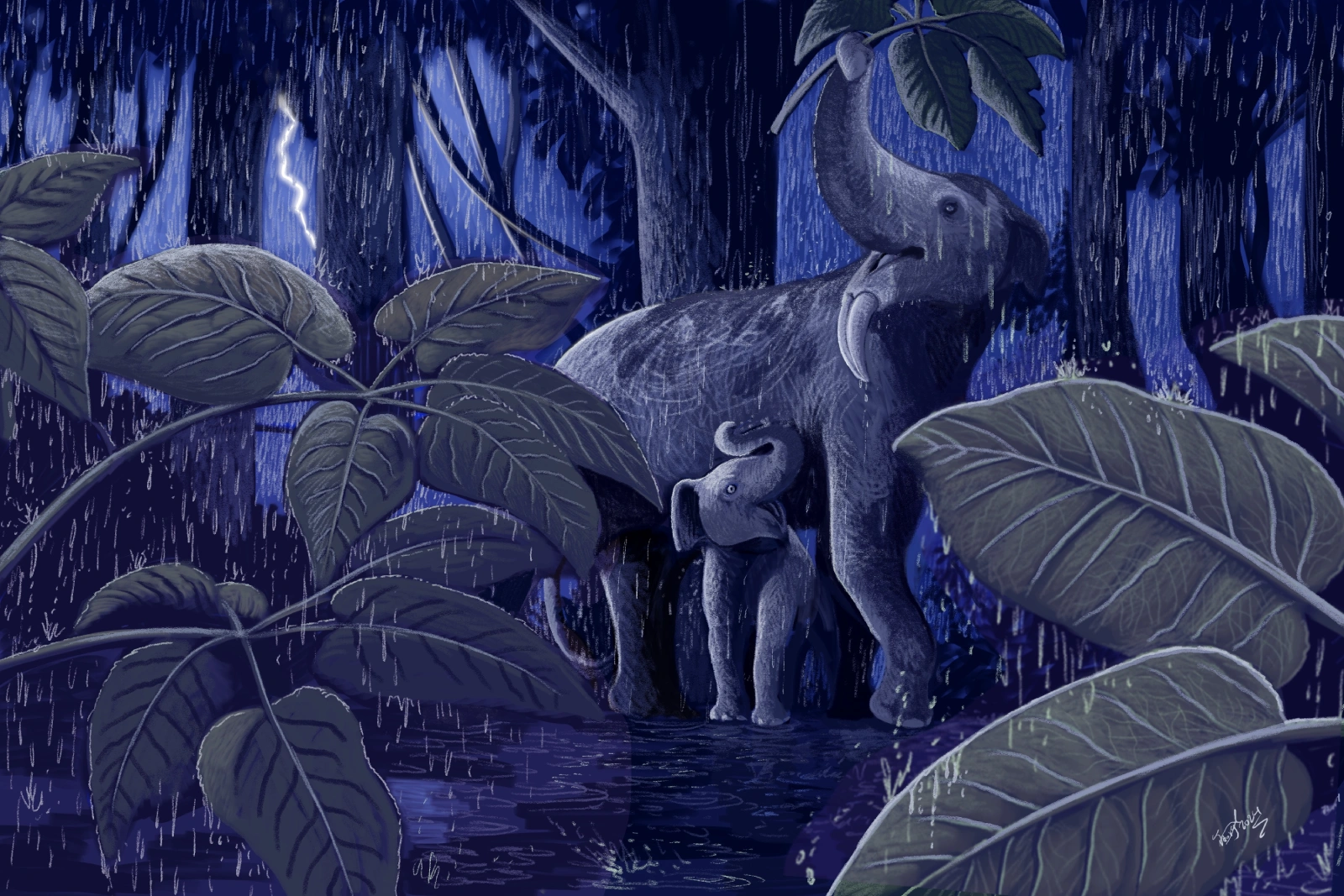
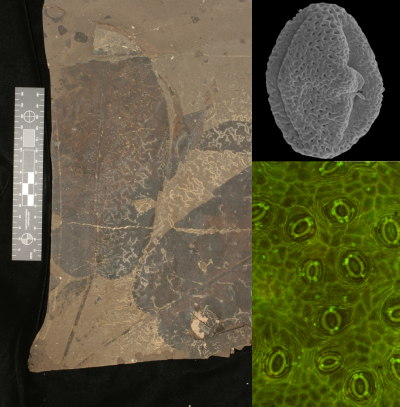
About The Museum of Texas Tech University
The Museum of Texas Tech University is a diverse and multidisciplinary institution with six collecting divisions, including Anthropology, Art, Clothing and Textiles, History, Paleontology, and Natural History, totaling over 9.5 million objects that explore the culture landscape, terrain, artistry, and scientific discoveries of the Southern High Plains and spanning the Southwestern United States.

